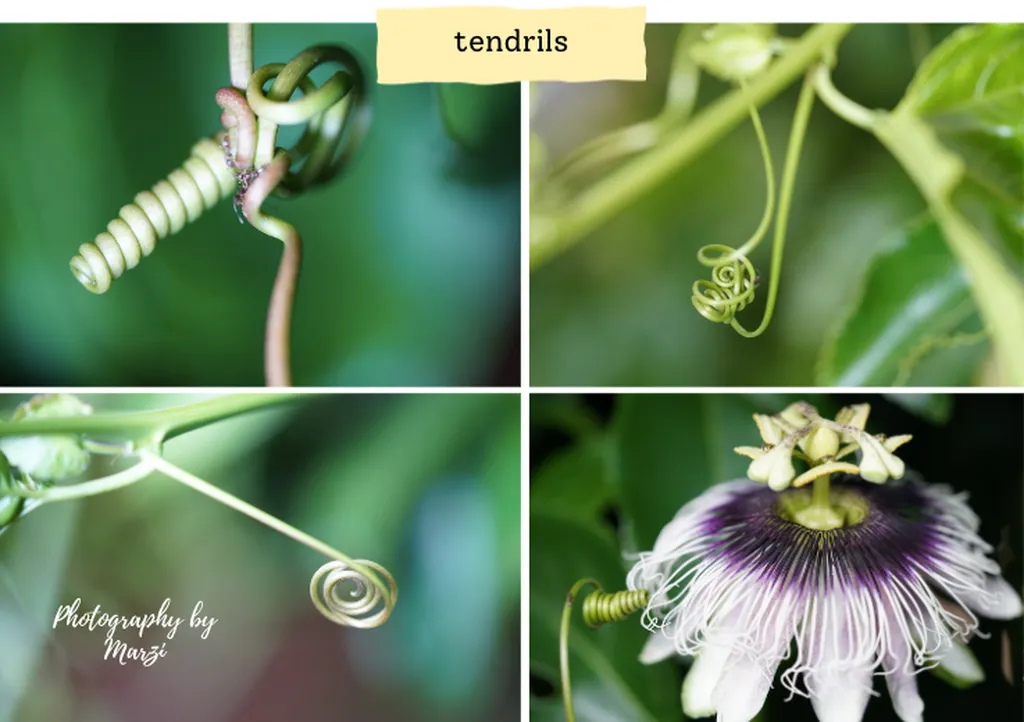In the lush, tropical landscapes of southern China, passion fruit (Passiflora edulis) thrives as a high-value crop, but its yield and quality are often under siege by tiny, yet formidable, foes: thrips. Specifically, Frankliniella intonsa, a species of thrips, has been wreaking havoc on passion fruit plantations, drawing the attention of researchers and farmers alike. A recent study published in *Frontiers in Plant Science* (translated as *Plant Science Frontiers*), led by Wei Li from the Research Institute of Agricultural Quality Standards and Testing Technology at the Fujian Academy of Agricultural Sciences, sheds new light on the intricate dance between these pests and their host plants.
The study delves into the world of volatile organic compounds (VOCs), the aromatic molecules that plants emit, which play a crucial role in attracting or repelling insects. By employing advanced techniques like headspace solid-phase microextraction coupled with gas chromatography-mass spectrometry (HS-SPME-GC-MS), the research team identified 87 differential volatiles from a pool of 423 VOCs emitted by different passion fruit cultivars. These volatiles were linked to key metabolic pathways, including phenylpropanoid and α-linolenic acid metabolism.
“We found that the aromatic profiles of passion fruit cultivars are not just random; they are deeply tied to the plant’s susceptibility or resistance to thrips,” explains Wei Li. The study revealed that resistant cultivars accumulate high concentrations of benzaldehyde, a compound with a fruity odor, which seems to attract thrips. In contrast, susceptible cultivars emit higher levels of (Z)-3-hexenol, a green odor, which repels the pests.
Behavioral assays confirmed these findings, showing that thrips were significantly more attracted to benzaldehyde (58% attraction) and less inclined towards (Z)-3-Hexenol (22% selection). This discovery opens up new avenues for pest management, potentially allowing farmers to use these compounds as lures or repellents.
The commercial implications of this research are substantial. By understanding the specific VOCs that attract or repel thrips, farmers can develop targeted strategies to protect their crops. This could lead to more efficient use of pesticides, reduced environmental impact, and ultimately, higher yields and better quality passion fruit.
Moreover, the study provides a scientific basis for breeding pest-resistant cultivars. “This research not only advances our understanding of plant volatile-mediated insect behavior but also paves the way for developing more resilient passion fruit varieties,” adds Wei Li.
The findings from this study could reshape the future of passion fruit cultivation, offering a more sustainable and effective approach to pest management. As the agricultural industry continues to evolve, such insights will be crucial in meeting the growing demand for high-quality, pest-resistant crops. With the publication of this research in *Frontiers in Plant Science*, the scientific community now has a robust foundation to build upon, potentially leading to innovative solutions that benefit both farmers and consumers alike.

